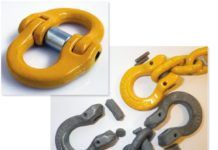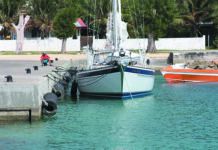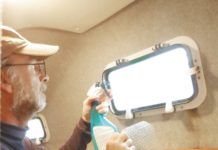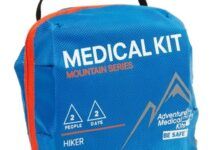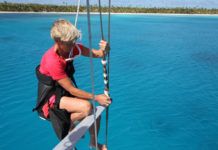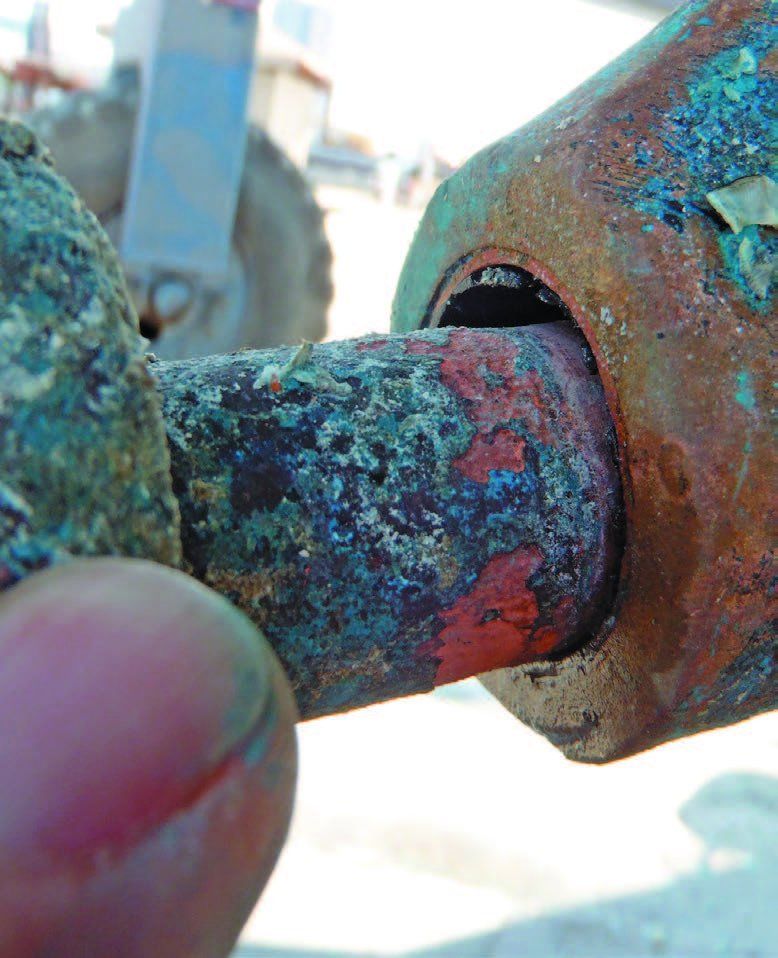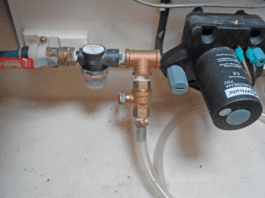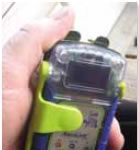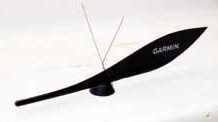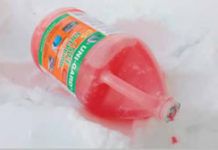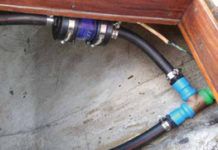Testing EZ Splice Finds a Knot is a Better Choice
Rope splicing is a sailorly art form that has many boaters scared skinny. They havent learned the skill, and they fear that using a knot instead displays their ignorance and is perhaps less secure. The EZ Splice (www.ezspliceusa.com) promises a means of splicing a rope in minutes without any special skill. The lines are trimmed to length, inserted into the EZ Splices tough plastic housing with just a little tail sticking out, and 12 stainless pins are pounded in with a hammer. We found it to be fast and easy, and the result was a consistently neat splice. But the million-dollar question remained: How secure was it?
What to Pack in a Ditch Kit?
Any suggested references or sources that I might check for an abandon-ship checklist? Its not the most pleasant of topics, and I know it will vary from boat to boat, but I would like any information on the basics that should be on any such list. We appreciate any help you might provide.
Do I Need a Life Raft?
Im planning to take our Catalina 36 from our Chesapeake Bay homeport to Newport/Narragansett Bay. The trip may include offshore runs between Cape May, N.J., and Block Island, N.Y.-a distance of about 200 nautical miles, maximum offshore about 30 nautical miles. Im deliberating what, if any, life raft I should have aboard for the trip, mainly for the offshore runs. Life-raft options that Im considering are: none; inflatable dingy lashed to the foredeck; coastal life raft (like the Revere coastal cruiser); full-spec offshore life raft. I have the usual VHF communication gear, as well as a radar, AIS, and a new Class 2 EPIRB. I would like your thoughts.
Mailport: April 2014
In regard to the March 2014 wind instrument reviews: I installed a Garmin package, including a GWS10, a little over a year ago. The unit works well enough, but the flimsy windvane has fallen victim to birds three times. The biggest threat to a windvane is birds, not rough weather. This applies to all models, from a simple Windex (estimated life expectancy about three months) to the old Nav5 all-metal vane.
An Experiment in Boosting Wi-Fi the DIY Way
In November 2010, Practical Sailor posted a Reader Workbench article written by subscriber Ed Mini of Mystic, Conn., on a do-it-yourself Wi-Fi booster/antenna assembled from parts ordered primarily from Data Alliance and Home Depot. The system did a good job of boosting the distance users could connect with onshore hotspots, and the cost was under $100, not counting labor. About a year later, PS tester Ron Dwelle decided to put together a similar system, but he used the components that commercial vendors use. Heres a rundown of his system, which has stood up well for three years.
Seeing Beyond Polarization
Has Practical Sailor reviewed sunglasses since the 2009 article? The feature wed really like to have is to be able to read our chartplotters screen without removing sunglasses. A review of that particular feature would be extremely helpful.
Mailport: March 2014
PS Reader Mark Baldwin wrote: "I used Uni-Gard pink antifreeze (rated for -50 degrees) to winterize my boat. The leftover jugs all froze solid at -14-or perhaps they froze before the night got that cold. The consequence for my boats systems? No telling until the spring, I guess."
Where Credit Is Due: March 2014
We trailered our boat from Montana to Fort Lauderdale, Fla., and sailed across to West End, Bahamas. We cruised in the Abaco islands for 1 months, and on the night before the crossing back to Florida, we had a horrible night in an anchorage, and we ended up with a bent Danforth primary anchor.
Tankless Gas Water Heaters
Tankless propane water heaters carry serious risk of causing carbon-monoxide poisoning or oxygen depletion when mounted in a tight or sealed space. Because a boat is more tightly sealed than a shoreside home, the carbon monoxide is more likely to become trapped. Multiple boater deaths have been attributed to tankless water heaters, and several brands have been recalled over the years-among them Wolter Water Heater, Paloma, and Rheem-Rudd-because they posed a carbon-monoxide poisoning hazard.
Mailport: February 2014
Sailboats have a bit of advantage over their power cousins in that we have more high spots that can be used creatively. In my installation, the diesel vent line (fuel-grade hose) loops high inside at the transom and back down to the through-hull. Through the use of a check valve, air flows out, but intake air comes in through the AVD, which is attached to the underside of the deck; no additional support needed. The unit is readily available for inspection or replacement through the transom locker, and it is not in the way of any equipment that needs to go in or out. Love the H2Out AVD2 vent filter; kudos to Pindell Engineering.











